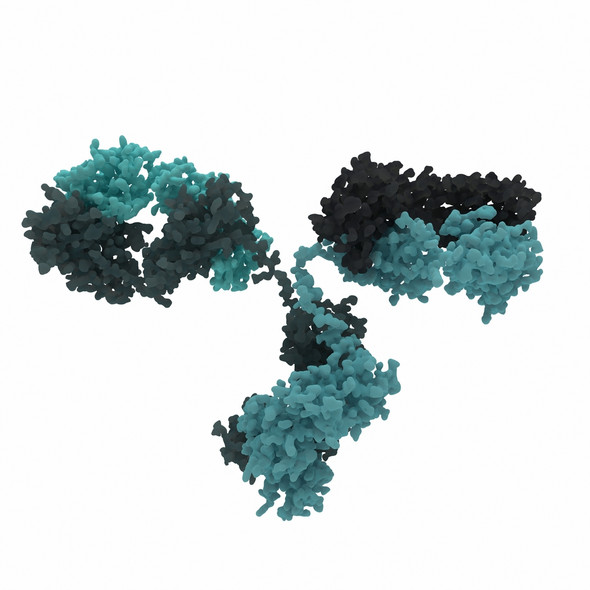Description
MOUSE ANTI-ASTROVIRUS ANTIBODY (AT54)
Astrovirus antibody (clone AT54), a mouse monoclonal antibody that is specific for Astrovirus protein detection.The mouse anti Astrovirus antibody (clone AT54) does not cross react with Rotavirus, Adenovirus, Clostridium difficile, Cryptosporidium, Enterovirus, Escherichia coli, Giardia, Helicobacter pylori, Listeria monocytogenes, Norovirus, Yersinia enterocolitica or Hepatitis A virus (HAV).
PRODUCT DETAILS – MOUSE ANTI-ASTROVIRUS ANTIBODY (AT54)
- Mouse anti-astrovirus monoclonal IgG2a antibody (clone AT54).
- Greater than 95% purity by SDS-PAGE and buffered in PBS pH7.4.
- Immunogen was Human astrovirus-1 (HAstV-1).
- Suitable for development of highly specific immunoassays.
BACKGROUND
Astroviruses are non-enveloped, positive-sense single stranded RNA viruses that belong to the Astroviridae family. Originally identified in stools from infected children, astroviruses have since been found to infect numerous mammalian and avian species, and are classified into two genera Mamastrovirus (MAstV) and Avastrovirus (AAstV) respectively (Bosch, A).
Human astroviruses (HAstV), of the genera Mamastrovirus, predominantly infect young children below the age of 5 years, and cause mild symptoms of diarrhoea, vomiting and fever. HAstV infection can also cause gastro-intestinal illness in the elderly and in immunocompromised adults, which may be more severe and of longer duration (Vu, DL. 2016).
Initial immunological studies identified eight distinct serotypes of HAstV that cause diarrhoea in children, with serotype 1 being the most prevalent. These serotypes are referred to as classic HAstV’s. Phylogenetic studies have identified two novel groups of astroviruses that also infect children. These novel HAstV’s were first identified in Melbourne Australia (HAstV-MLB) and in Virginia, Nigeria, Pakistan and Nepal (HAstV-VA/HMO). Currently, very little is known about the epidemiology or pathogenesis of novel HAstV’s but studies suggest that novel HAstV’s may cause clinical complications, affecting the central nervous system, in immunocompromised patients (Vu, DL. 2017).
REFERENCES
- Bosch, A et al (2014). Human Astroviruses. Clin Microbiol Rev. 27(4): 1048–1074.
- Vu, DL et al (2016). Novel human astroviruses: Novel human diseases? J Clin Virol. 82:56-63
- Vu, DL et al (2017). Epidemiology of Classic and Novel Human Astrovirus: Gastroenteritis and Beyond. Viruses 9(2): 33











